This article was medically reviewed by Janice Litza, MD. Dr. Litza is a board certified Family Medicine Physician in Wisconsin. She is a practicing Physician and taught as a Clinical Professor for 13 years, after receiving her MD from the University of Wisconsin-Madison School of Medicine and Public Health in 1998.
There are 8 references cited in this article, which can be found at the bottom of the page.
This article has been viewed 23,291 times.
Psoriasis is a common skin disease that consists of patches of thick, red, and scaly skin. These areas of discoloration can be painful and itchy, in addition to scaling off. The condition may affect any part of the skin surface but it is considered a severe case if it covers more than 10% of your body.[1] Severe plaque psoriasis can be treated with moisturizers, natural remedies, light therapy, and surface or systemic medication. However, with serious cases you may need to use a variety of treatment options to keep it under control.
Steps
Getting Medical Treatment
-
1Use topical creams. The first type of medical treatment that doctors often prescribe for plaque psoriasis is a medicated cream. These are applied directly to areas of inflammation. These creams often contain steroids, which help to minimize skin cell growth and reduce inflammation.[2]
- Reducing skin growth in areas with plaque psoriasis is important for treatment because the scaling of the skin is due to the overgrowth of cells in that area.
- Reducing inflammation will minimize the redness and will reduce itching and pain in the area as well.
- If you experience scalp psoriasis, ask your doctor about a medicated steroid solution. These are typically thinner and more watery than lotions and creams, and are thus more easily absorbed by the scalp.
-
2Start light therapy. Light therapy can help to treat severe plaque psoriasis by exposing the skin to ultraviolet light on a regular basis. In some cases, your doctor will even prescribe a medication, psoralen, which, when taken in combination with light therapy, increases its effectiveness. The use of ultraviolet light slows the growth of plaque psoriasis skin cells, minimizing scaling and redness.[3]
- Light therapy is done in a doctor's office or with a UVB light unit at home.
- The key to light therapy is doing it consistently. Whether you do it at home or in a doctor's office, it needs to be done daily for maximum effect.
- Using tanning beds does not provide the same benefit to plaque psoriasis. Instead of the therapeutic use of UVB light, tanning beds mostly emit UVA light. Additionally, tanning beds increase the likelihood of getting skin cancer.
Advertisement -
3Begin systemic therapy. Systemic therapy can be given orally, by injection, or by infusion, depending on what specific medication your doctor prescribes. In many cases, systemic therapy won't be used unless other treatments don't minimize the plaque psoriasis. However, if you have severe plaque psoriasis, your dermatologist will likely recommend this treatment in addition to other treatments.
- Some medications that may be prescribed include: Methotrexate, Retinoids, Cyclosporine, and Biologic response modifiers.[4]
-
4Discuss the option of a biologic therapy. Your dermatologist may prescribe a traditional systemic therapy or a biologic therapy. Unlike traditional systemic therapies, which treat the entire immune system, biologic therapies target specific areas of the immune system. In the case of treatment for plaque psoriasis, biologic treatments block cells and proteins that are central to the development of psoriasis.[5]
- Biologic drugs are either injected or administered intravenously.
- You cannot take biologic drugs if you have an active infection or if your immune system is severely compromised.
Using Home Treatments
-
1Keep your skin moisturized. Keeping areas of plaque psoriasis moisturized will help to minimize the dry, scaly skin of the condition and will reduce itchiness. Find a moisturizer that is very thick or use an ointment that can seal in moisture, such as petroleum jelly.[6]
- Make sure that all products you use are fragrance free. It is a good idea to look for products that are labeled for "sensitive skin," as they are likely to have little or no fragrances or added chemicals.
- You can even use olive oil or coconut oil like a lotion on your plaque psoriasis. The oil will help moisturize the skin by keeping existing moisture trapped in the skin.
- If you are having a hard time picking a moisturizer, talk to your doctor about products that will work well for your condition and that will be compatible with your medical treatment.
-
2Take nourishing baths. While baths without additives can actually dry out your skin if you take them too often, adding nourishing items to the bath can help to moisturize the skin. Items you can add to your bath to help treat your plaque psoriasis include fine ground oatmeal, oil (such as olive or coconut oil), or salt.
- Epsom salts are a great addition to these nourishing baths because they add magnesium and sulfate to the skin.
- Try adding apple cider vinegar to your bath. Soaking in a nourishing bath that has apple cider vinegar added to it will help minimize redness and itchiness.
- Right after your bath dry yourself off lightly with a towel but don't rub. Then immediately put on your thick lotion or ointment to seal in the moisture from the bath.[7]
-
3Quit smoking. Smoking can cause symptom flare ups and it generally hurts your health, which impacts your body's ability to fight off the plaque psoriasis.[8] This is an especially important part of treatment if you are coping with a particularly severe case of plaque psoriasis.
-
4Stop drinking alcohol. In addition to using home remedies to ease your symptoms, you can adjust your lifestyle to minimize symptoms and to minimize the risk of flareups. Drinking too much alcohol can cause your plaque psoriasis symptoms to flare.[9]
-
5Eat a healthy diet. There are a variety of dietary changes that you can make that will help your plaque psoriasis. In general, try to cut out fatty and sugary foods and eat more healthy foods, such as vegetables and foods that are high in omega-3 fatty acids.[10]
- Foods that are high in omega-3 fatty acids include fish, flaxseeds, olive oil, and pumpkin seeds. These will help to reduce inflammation.
- Avoid eating fatty red meats, dairy products, processed foods, refined sugars, and nightshade vegetables. Nightshade vegetables include potatoes, tomatoes and peppers.
- Try adding dietary supplements to your diet. Natural dietary supplements, such as fish oil, vitamin D, and milk thistle, can help ease your symptoms.[11]
References
- ↑ http://www.webmd.com/skin-problems-and-treatments/psoriasis/severe-psoriasis#1
- ↑ https://www.psoriasis.org/about-psoriasis/types/plaque
- ↑ https://www.psoriasis.org/about-psoriasis/treatments/phototherapy
- ↑ https://www.niams.nih.gov/health_info/Psoriasis/default.asp
- ↑ https://www.psoriasis.org/about-psoriasis/treatments/biologics
- ↑ http://www.webmd.com/skin-problems-and-treatments/psoriasis/overview#1
- ↑ http://www.webmd.com/skin-problems-and-treatments/psoriasis/overview#1
- ↑ http://www.webmd.com/skin-problems-and-treatments/psoriasis/overview#1
- ↑ https://www.psoriasis.org/about-psoriasis/treatments/alternative/diet-supplements
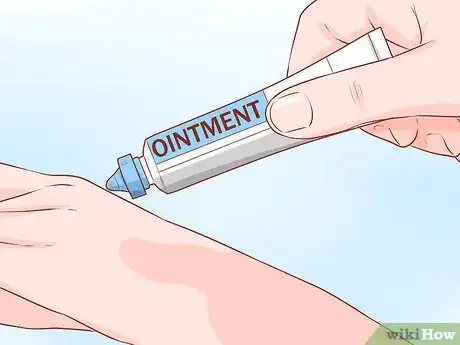

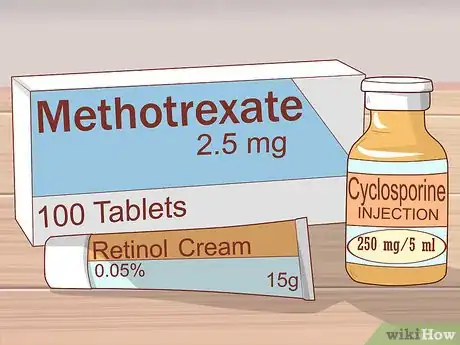
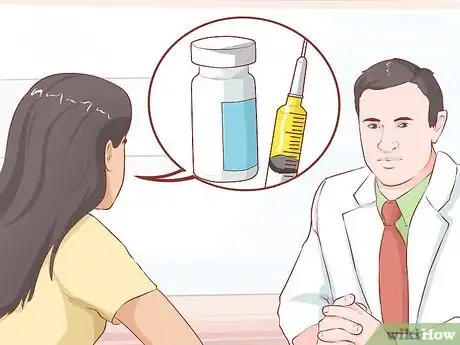
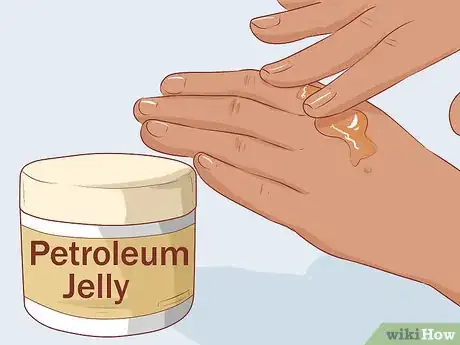
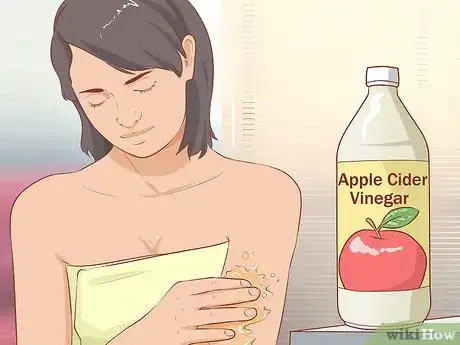
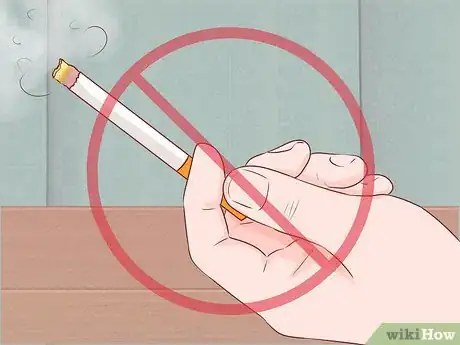
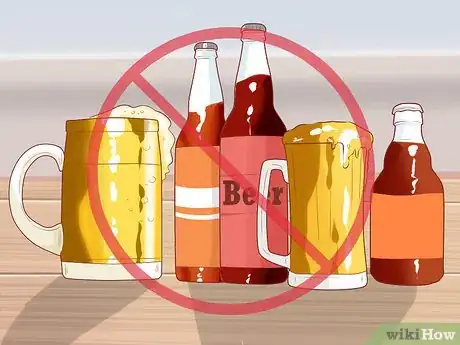
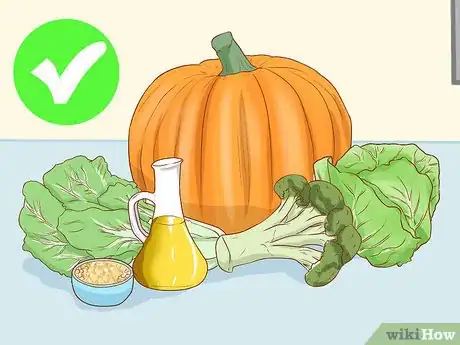

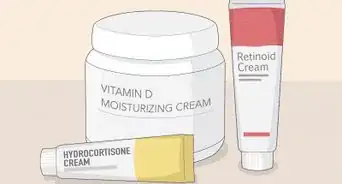

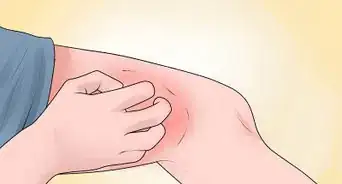














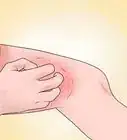



































Medical Disclaimer
The content of this article is not intended to be a substitute for professional medical advice, examination, diagnosis, or treatment. You should always contact your doctor or other qualified healthcare professional before starting, changing, or stopping any kind of health treatment.
Read More...